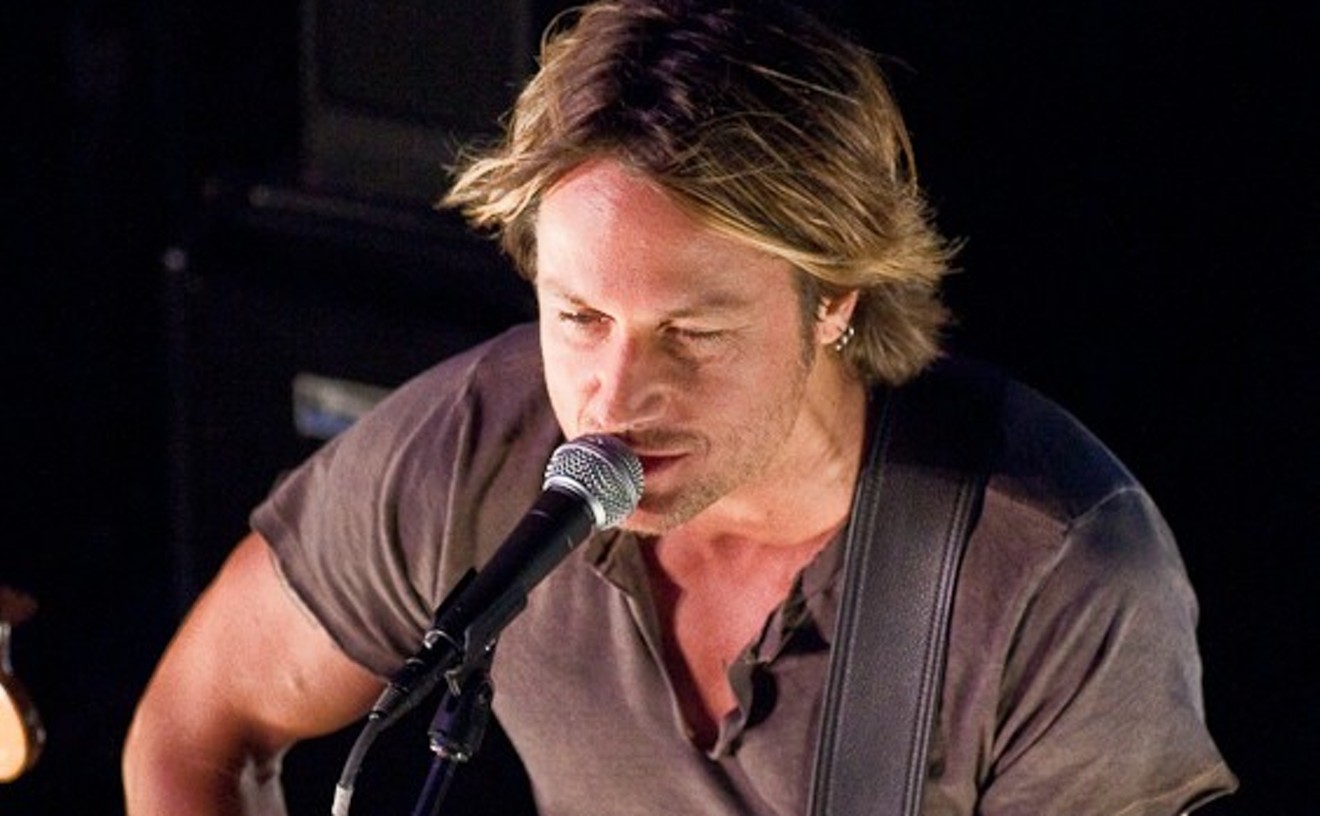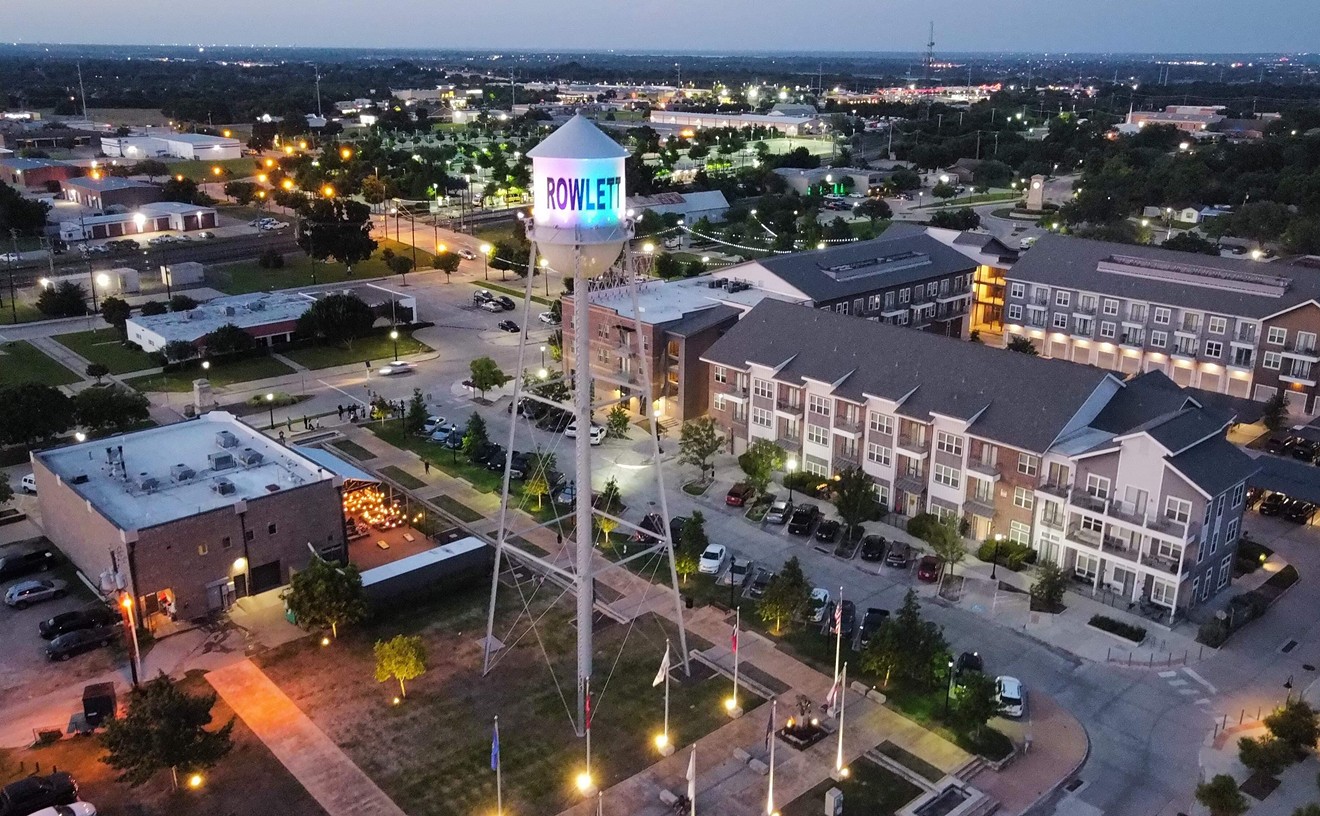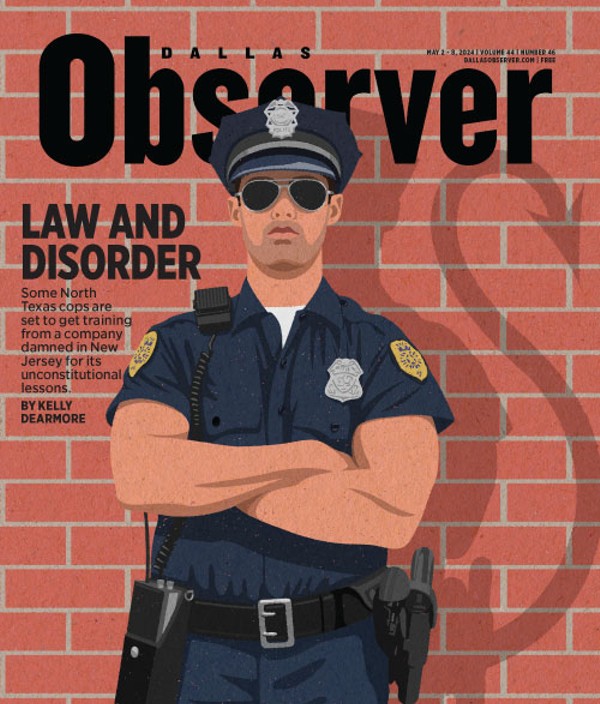Speed and (to a lesser extent) Twister were exemplary roller-coaster movies. (We'll generously ignore de Bont's third film, the wretched Speed 2.) This is not even vaguely an insult. Creating roller-coaster thrills is one of the things that cinema is best at -- and one of the areas in which other narrative media, i.e., print and theater, can barely compete.
But neither subtlety nor variety is de Bont's strong suit. Wise's career, on the other hand, is extraordinarily wide-ranging, from his early genre films (Curse of the Cat People, The Day the Earth Stood Still) through his big-budget musicals (West Side Story, The Sound of Music) and his savvy technical experiments (The Andromeda Strain, The Haunting). This very versatility has led some to dismiss him as characterless, but few would deny his complete grasp of technique or the basic intelligence of his filmmaking. In the 1963 version of The Haunting, Wise set himself the problem of creating terror without special effects, without monsters, without showing anything. He concentrated on performance, lighting, camera movement, and sound. (There is really only one obvious "special effect" -- a bulging door -- and by today's standards, it barely counts as such.)
If there is any surprise to de Bont's version of The Haunting, it is the extent to which, for the first half, de Bont works in a similar mode. The second half, however, is no surprise, and more's the pity. Liam Neeson plays Dr. David Marrow, a psychologist studying fear. Together with his faithful girl companion, Mary (Alix Koromzay), he gathers together a handful of people with diverse character disorders and invites them to spend a week at Hill House under the pretense of a sleep-disorder experiment. (This little ploy violates every rule of academic research, but we'll spot de Bont that one.) Nell (Lili Taylor) is an awkward sad sack who has spent nearly all of her adult life caring for her recently deceased mother. Luke (Dallas' Owen Wilson) is goofy, boyish, and pathologically unreliable. And Theo (Catherine Zeta-Jones) is a bisexual jet-setter.
It is Marrow's intention to scare the participants and chronicle their reactions. But it soon becomes clear that he's not going to have to take much initiative in terrorizing them: The house is scary enough already. Huge and grotesque, Hill House is filled with cavernous rooms, a maze of passages and hallways, and paintings and sculptures that seem designed to creep people out. It's also given to inexplicable drafts and odd creaks and rumblings.
You immediately wonder what sort of pervert would have built such a gruesome place in the middle of pastoral New Hampshire, and you don't have to wait long to find out. Early on, Marrow -- as the first stage in his scare tactics -- explains that Hill House was built more than a century ago by the wealthy mill owner Hugh Crain as a home for his wife, Rene, and the many children they intended to raise. But, after a series of miscarriages, Rene committed suicide, and Hugh turned into some sort of monster with a particular fixation on children. The locals have long avoided the place, and even the caretaker (Bruce Dern) and his wife (Marian Seldes) refuse to stay after dark. Unsurprisingly, the four new occupants become targets of the ghost, or ghosts, that make Hill House their home.
De Bont may keep things relatively demure for the first half, but almost all the changes he and screenwriter David Self have brought to the material serve to weaken the effect. For instance, for much of the 1963 version, it is difficult to be sure that any of the weirdness is really happening, that it's not merely Nell's hallucination or the result of natural forces. And it is established that Nell has had some telekinetic experiences, so that even after things escalate, we can entertain the possibility that she is actually causing them. The new version removes all ambiguity relatively early on by showing us ghostly manifestations, even when none of the characters are seeing them. In film grammar, that means they're really happening: They can't be explained away as someone's distorted perceptions. Similarly, where Wise tied us tightly to Nell's point of view, de Bont allows his focus to wander. Taylor is a wonderful actress, but she's not able to draw us in the way Julie Harris did in the original. Wise made sure that the events reflected Nell's specific emotional experiences, but in the new version, the links between her character and the horrors are muddled.
Despite the care lavished on realizing Eugenio Zanetti's amazing production design, the script is sometimes downright sloppy. Two characters are introduced for no discernible purpose, then disappear precipitously and are never referred to again. At one point, Nell comes running into a room with the major revelation as to who "Carolyn" was. Unfortunately, this is the first we've heard of any "Carolyn" -- suggesting that the setup was lost late in the game through editing.
De Bont and Self have also embellished the plot, particularly the back story, with so many unnecessary twists -- none of which serves much purpose -- that it becomes wearying. And inevitably, during the second half, the filmmakers pull out the stops, with constant computer effects, showing us quite explicitly what never should have been shown at all. The monsters and morphs and digital sound make for an occasionally effective shock, but more often than not, the concreteness turns the audience's fearful anticipation into disappointing, even comical, reality. By the end, The Haunting has become a farrago of shtick that we've seen before (and better) in Burn Witch Burn, in Alien, and in Poltergeist, among dozens of others.
The first-rate cast really tries its best. It's primarily Taylor's movie, but Wilson is perfect as the smug, frightened wise-ass looking for a little bedtime action; he was built for the part, even if it's just a variation on his Anaconda and Cable Guy roles. (Memo to Owen: Bottle Rocket's starting to get real small in the rear-view mirror.) Zeta-Jones is almost as good, though it's rather astonishing how she manages to change outfits after every scene. The scariest thing about this movie is her wardrobe -- nobody wears that much purple.
With The Haunting arriving in theaters so close to The Blair Witch Project, it's impossible not to make the obvious comparisons between two films that take such obviously different approaches to horror. What's ironic is how much closer Blair Witch is in its strategies to the original Haunting than the new Haunting is itself.










